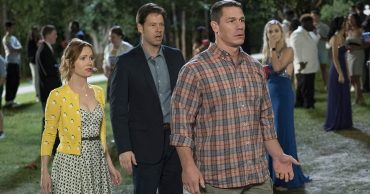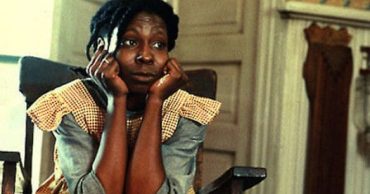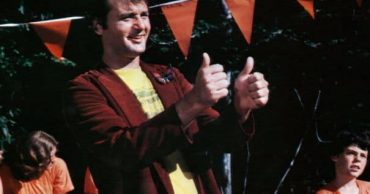The Burial (2023) is one of Hollywood’s latest films, based on an actual event. The movie, a legal drama, focuses on the trial between Jeremiah J. O’Keefe, Sr. vs. Loewen Group, Inc. While it’s an extraordinary case in itself, most of the attention is drawn to the unconventional, flamboyant lawyer, Willie E. Gary, who represented Jerry O’Keefe’s as lead counsel.
However, while there’s no denying the brilliant cast performances and entertainment value of The Burial, it begs the question if all of it was true. Narrating a story is one thing; adapting the story into a 126-minute movie is another. With Hollywood replete with several true stories adapted with significant modifications, it’s imperative to be able to tell fact from fiction. Here’s fact-checking the accuracy of The Burial movie by separating facts from fiction.
Editor’s note: The article below contains spoilers about the movie.
Jerry O’Keefe as a Decorated War Hero and Politician
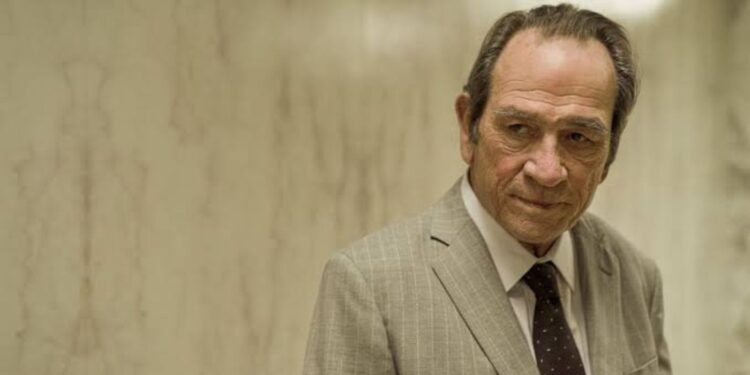
While putting Jerry O’Keefe on the stand, against better judgment, one of Willie E. Gary’s defensive arguments was on O’Keefe’s history and integrity. Gary told the jury his client was not only a decorated war hero but a former mayor of Biloxi, Mississippi. Director Maggie Betts and co-writer Doug Wright were spot on with these facts. The real Jeremiah O’Keefe was indeed a decorated war hero. O’Keefe served as a pilot in World War II at the Battle of Okinawa and received several awards for his service. These include a Navy Cross, a Distinguished Flying Cross, two Air Medals, and a Congressional Gold Medal. He attained the rank of First Lieutenant.
Years after the war, the real O’Keefe became a politician and first served the people of Biloxi as a member of the Mississippi House of Representatives. He served for four years, from 1960 to 1964. Almost a decade later, O’Keefe became the Mayor of Biloxi, Mississippi, serving from 1973 to 1981. As Gary pointed out in court, in the film, the real O’Keefe, during his time as Mayor, stopped the Ku Klux Klan from holding a discriminatory parade in Biloxi, Mississippi.
The Lawsuit
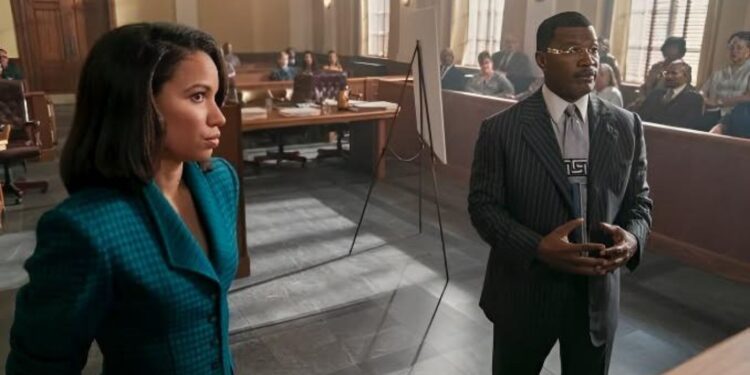
To make the movie easy to follow and understand, a slight change to the real story had to be made. In The Burial, it was simply a bridge of trust and agreement between Jerry O’Keefe (Tommy Lee Jones) and Raymond Loewen (Bill Camp). However, in real life, there was a third party involved. Besides this, everything regarding the lawsuit and why it was initiated was properly presented. O’Keefe was in a financial strait and truly owned eight funeral homes in Mississippi and Gulf National, a funeral insurance business. Its insurance business (Gulf National) provided insurance to one of Jackson, Mississippi’s biggest funeral homes, Wright & Furguson.
The Loewen Group (with a reputation for buying up funeral homes) had bought Wright & Ferguson. It then decided to cancel the insurance contract Wright & Ferguson had with O’Keefe’s Gulf National. This was the basis for the contractual dispute. The rest of The Burial is true. Loewen and O’Keefe began negotiating and, after several months, agreed on a settlement. O’Keefe will sell three of his funeral homes to Loewen in exchange for allowing him to sell insurance in Mississippi.
The Flamboyant Willie E. Gary
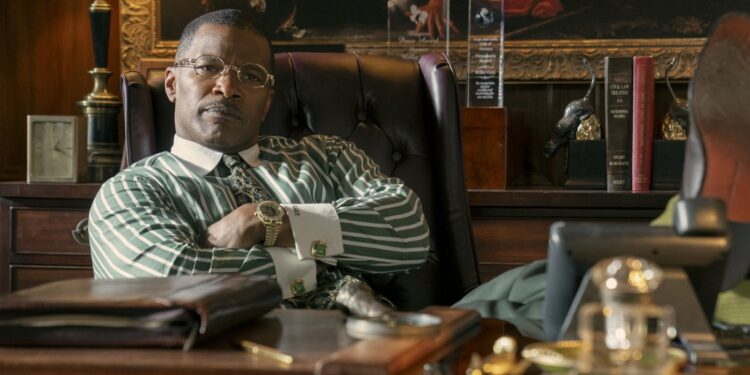
Jamie Foxx portrayed the character of the personal injury lawyer Willie E. Gary. Gary’s extravagant lifestyle was one of The Burial‘s early highlights. Fact-checking the personality of the real Willie E. Gary shows a lot more similarities to Foxx’s portrayal than differences. Although not focused on, except for the opening scene, the real Gary is a religious man. He’s known to pray with his team of lawyers before going to court. Director Maggie Betts drew inspiration from the younger Willie E. Gary’s love for expensive suits and wristwatches.
A younger Gary was known to wear three-thousand-dollar suits, live in a mansion, and own expensive cars and a private jet he named “Wings of Justice.” Gary made it a point (maybe more extravagantly) as a personal injury lawyer to show his clients how successful he was in winning cases. Gary later bought an additional Boeing 737 jet that he named “Wings of Justice II.” He’s currently one of the richest lawyers in the world. The real Willie E. Gary made a cameo appearance in The Burial’s end credits.
The Reason Jerry O’Keefe Chose Willie E. Gary to Represent Him
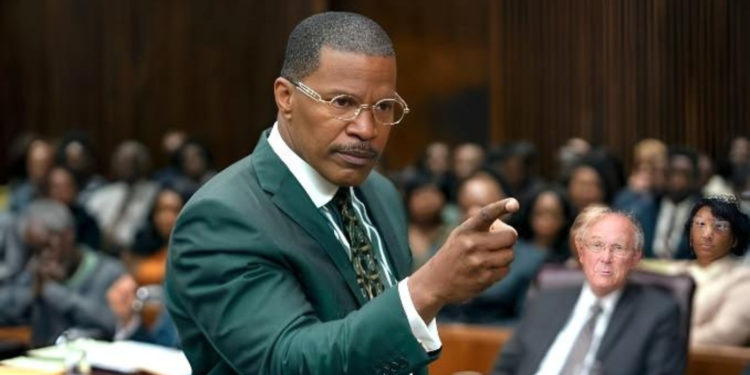
Although The Burial made the lawsuit more racial than it was in real life, certain events and decisions were portrayed accurately. Willie E. Gary had a history of winning cases. While this would have been enough to hire him, O’Keefe truly hired Gary because he was a black lawyer. The case was filed in the predominantly black Hinds County, Mississippi. The facts presented to O’Keefe at the time were that the jury would majorly be black and have a black judge, James E. Graves, Jr., presiding.
Consequently, the Loewen Group responded by having a black lawyer also represent them for the same reason. With more money to spend, Loewen Group truly included two lawyers who were politicians on their team. One was a black congressional caucus’s chairman and state representative, while the other was a senator.
Lawyer Mame Downes Was Fictional
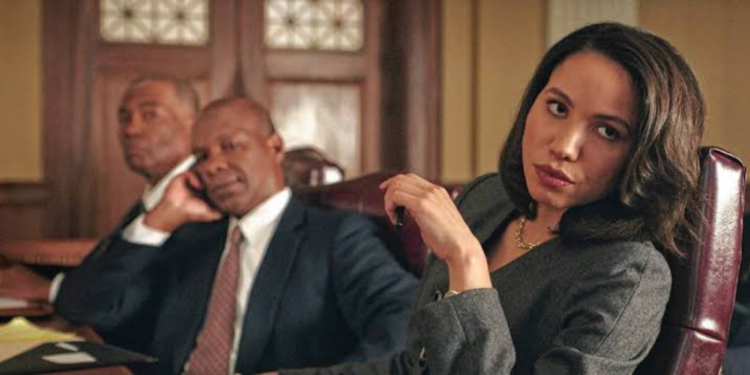
Actress Jurnee Smollett was introduced in The Burial as a response from the Loewen Group to O’Keefe hiring Willie E. Gary and suing for $100 million. While she makes a fantastic entrance and makes the plot more interesting, in reality, a male lawyer, Richard Sinkfield, represented the Loewen Group at the trial. There was no female lawyer on either legal team.
Lawyer Mike Allred’s Racist History
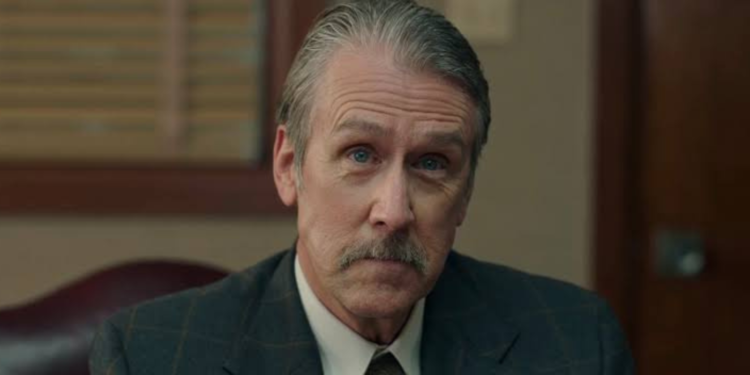
Hal Dockins, played by Mamoudou Athie, quickly realized Jerry O’Keefe would lose the case if Mike Allred (Alan Ruck) represented him in a court with a black jury and judge. In reality, this was accurately portrayed. Jonathan Harr‘s 1999 New Yorker article, the source material for the film, stated the judge wasn’t particularly a fan of Mike Allred. The article has stated, “He’d even been known to state, in his manner of blunt candor, that he harbored racist attitudes,” However, unlike in The Burial, it wasn’t Willie E. Gary who asked Allred if he was comfortable working with a black lawyer.
The real Mike Allred openly confessed to Gary about his prejudice and dedication to working on it. Born and raised in Mississippi, Allred was raised as a racist, and it isn’t surprising that his grandfather would be a member of the Ku Klux Klan. Although this led to Allred excusing himself as O’Keefe’s lead counsel in The Burial, it didn’t exactly play out that way. Gary was a better representative because Allred’s presence visibly upsets the judge.
Cross-Examining Raymond Loewen About His Yacht And Jet
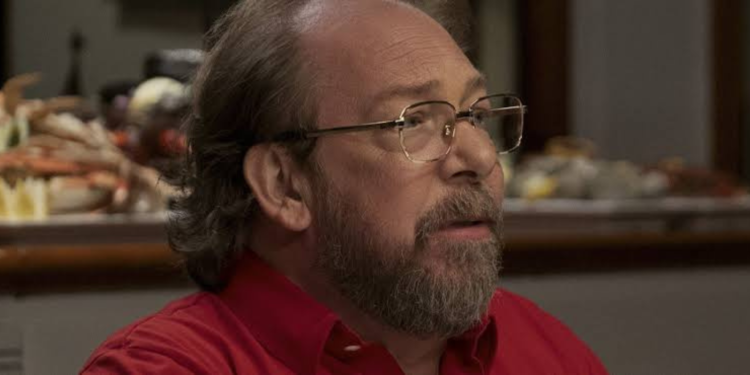
The highlight of the trial in The Burial was Willie E. Gary cross-examining Raymond Loewen in court. Gary drilled Raymond about the cost of his yacht. Like in the film, Raymond had met Jerry O’Keefe on his private yacht, and Gary wanted to prove to the jury that Ray Loewen was out of touch with reality. He continuously badgered him to reveal the yacht’s and private jet’s cost. In a 2023 USA TODAY interview, the real Willie E. Gary admitted to employing the exact same interrogation style.
Knowing billionaires like Raymond Loewen could care less about things like that, Gary knew it would help influence the jury’s opinion of Loewen. “Juries make decisions on nonverbal things often. We sucker-punched him into it.” This, added to the revelation of the shady profit-sharing with the National Baptist Convention, helped Gary win the lawsuit for O’Keefe. Much like in The Burial, Jerry O’Keefe was awarded $500 million by the jury, which was later appealed to $175 million.
 Follow Us
Follow Us
